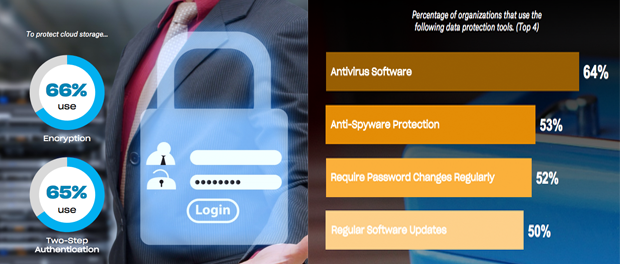By Roland Murphy for Arizona Builder’s Exchange
My first exposure to A/E/C as a business was working for a large format document view and markup collaboration company from 1999-2001.
Back then, in the heady days before the tech bubble burst, there was a near mania for just about any process-improving solution. Construction tradeshows filled half the Javits Center in NYC and show sponsors would hold demolition derbies with Caterpillar D-9s. What was neat was that the featured products were no longer earth movers and galvanized piping. They were software solutions.
For the first time, construction companies – and, much more importantly – the associated project owners, were moving away from clipboards and rolled-up planning docs and drawings sent by courier to shared, collaborative and efficient files everyone on the build team could access and simultaneously work/comment/and revise.
Then the bubble burst; people got terrified and tech innovation in construction morphed into turtles for a decade.
It seems now, however, that shell shock may have finally passed. Sure, there’s a lot of hype around BIM and drones and the sexy solution of the week, but maybe, just maybe, there’s actually a grounded reality behind the rah-rah du jour.
Landscape of Construction IT Decision Makers Study
File sharing and collaboration software provider Dropbox commissioned CITE Research late last year to survey 200 construction IT decision makers in the U.S. and U.K. and take their temperatures about industry tech issues, concerns and trends. The companies surveyed all had at least 250 employees, and the respondents were full-time employees, active decision makers and worked in the IT department or as senior level organization members.
The survey uncovered four major issues of interest, focus and concern.
- Decision makers invest significant time researching new technology
- Remote workforce access is increasing and is a positive
- Most people trust cloud technology and expect its use to increase
- Security is everyone’s biggest worry.
One hard-fought lesson learned, according to the survey, is reliability has surpassed pricing as a decision force. At 50 percent, pricing is still (obviously) a strong influencer in decision making, but reliability rang in with 63 percent as a top-tier consideration.
Unfortunately, even though 35 percent of IT decision makers spend 6-10 hours researching a new product, 24 percent of them have difficulty getting the necessary approvals to move ahead with procurement or implementation. That can be challenging, but when the fact that 80 percent have had some kind of security issue in the past year, which they would have had to pass up to bosses who may not be technically-inclined, that degree of foot dragging may be understandable, particularly when 55 percent of surveyed companies have lost data in one form or another due to security issues.
Perhaps the most horrifying aspect of the security issue is the level of 1995-scale practices that still aren’t being implemented. Only 64 percent of companies are actively running antivirus, 53 percent running anti-spyware, 52 percent requiring regular password changes and 50 percent running regular software updates.
The report tries to spin that as a positive by saying, “More than half” are doing things right. Sorry. No. Nearly half are doing things wrong. With numbers like that, they might as well be parking their BMWs on the street with the windows down and the keys in the ignition.
And then the real hubris sets in. Despite these basic security failings, and “failings” is the only word that can be used in polite company (I, personally, have several more colorful terms), most IT professionals feel comfortable about their companies’ readiness: 82 percent say they have a data recovery plan; 76 percent have “everything set up to protect our data” and 73 percent have a response plan for data breaches. Of course, that “response” might be to yell at the marketing intern to draft a press release as to how sorry they are their data got breached, but it still counts as a plan.
Mobility
Adding to both the overall productivity and the security concerns is the volume of work being done remotely. 57 percent of decision makers say their workforce works remotely the majority of the time, with 77 percent using laptops and 72 percent on mobile phones.
In the U.S. 81 percent of respondents said this has a positive impact on productivity.
Cloudy Data
When I started in this business 20 years ago, client-server was the only viable option for connectivity outside of the traditional office environment, but you still needed a desktop and a connection to work. The cloud took that problem, wrestled it to the ground and made it say, “Uncle”.
75 percent of organizations are now using cloud storage and file sharing. Fewer than half (45 percent) worry about reliability and downtime, and only a third (34 percent) run into compatibility issues.
Perhaps most telling about the current state of affairs, 88 percent trust cloud services for security of their data, and 75 percent have company data on the cloud and expect their use of cloud storage to increase over the coming year. Unlike the exceptionally lax general operating security mentioned above, 66 percent use encryption and 65 percent use two-step authentication.
Cloud use may just be the thing that saves the A/E/C data segment from itself.

